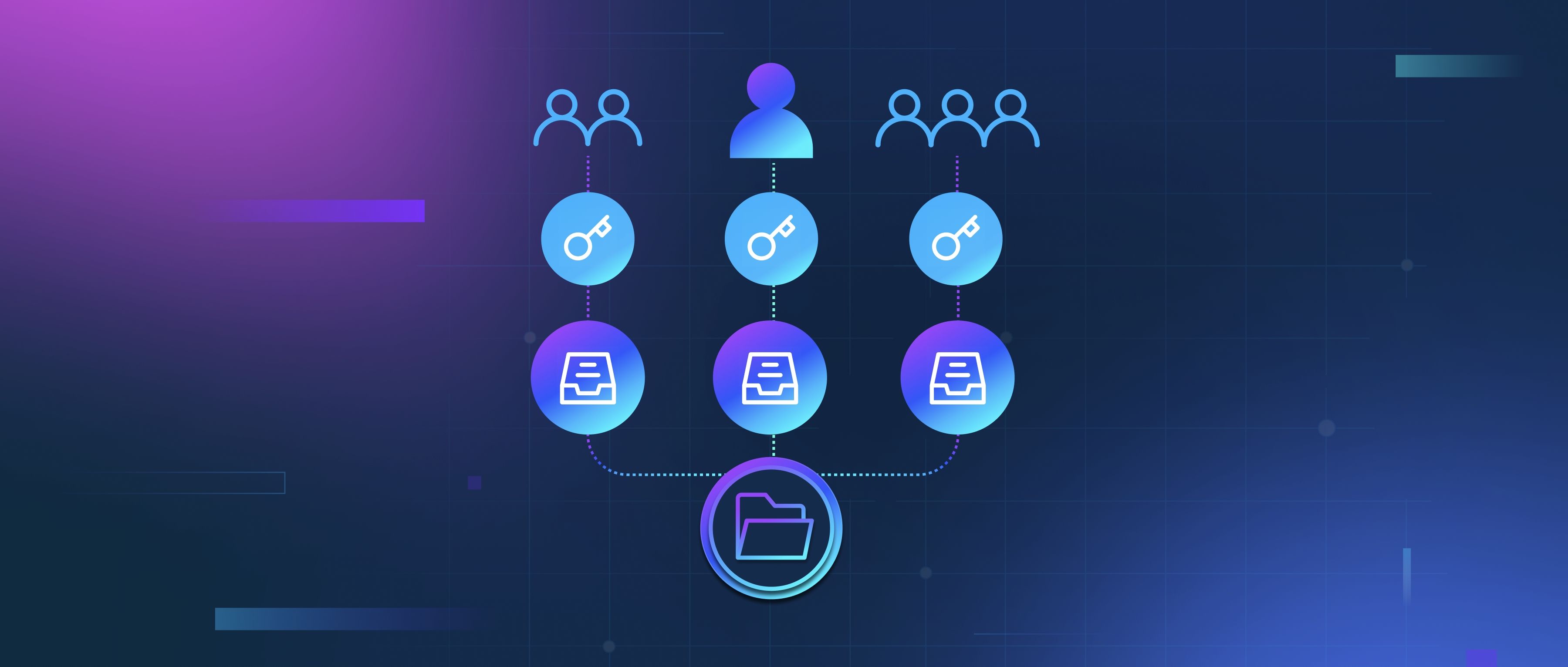When you fine-tune a Sentence Transformer model on a niche dataset, its performance on general semantic similarity tasks can degrade because the model adapts to the specific patterns, vocabulary, and relationships present in the specialized data. Sentence Transformers are pre-trained on large, diverse datasets to capture broad semantic relationships, but fine-tuning narrows their focus. For example, if your niche dataset emphasizes technical jargon or domain-specific contexts (e.g., legal documents or medical reports), the model may prioritize features relevant to that domain while losing sensitivity to general language nuances. This is akin to training a chef to cook only one type of cuisine—they might excel in that area but struggle with others.
Another reason is the potential mismatch between the fine-tuning objective and the original training objective. Sentence Transformers are typically trained with contrastive or triplet loss to maximize the similarity of related sentences and minimize unrelated ones. If your niche dataset introduces a different definition of "similarity" (e.g., prioritizing syntactic structure over meaning, or focusing on domain-specific metrics like ICD-10 codes in healthcare), the model’s embeddings may drift away from general-purpose semantic understanding. For instance, a model fine-tuned to group scientific papers by methodology might overlook everyday paraphrases or synonyms that are critical for general tasks like STS-B or Quora question pairs.
Finally, overfitting to the niche dataset’s limited scope reduces the model’s ability to generalize. A small or homogeneous dataset may lack the diversity of sentence structures, topics, or ambiguity present in broader tasks. For example, if your dataset contains only short, formal sentences from technical manuals, the model might struggle with informal language, sarcasm, or idiomatic expressions common in general datasets. Additionally, fine-tuning often reduces the model’s capacity to retain pre-trained knowledge, as gradient updates overwrite weights that previously encoded general linguistic patterns. This trade-off between specialization and generalization is a key challenge in transfer learning.
